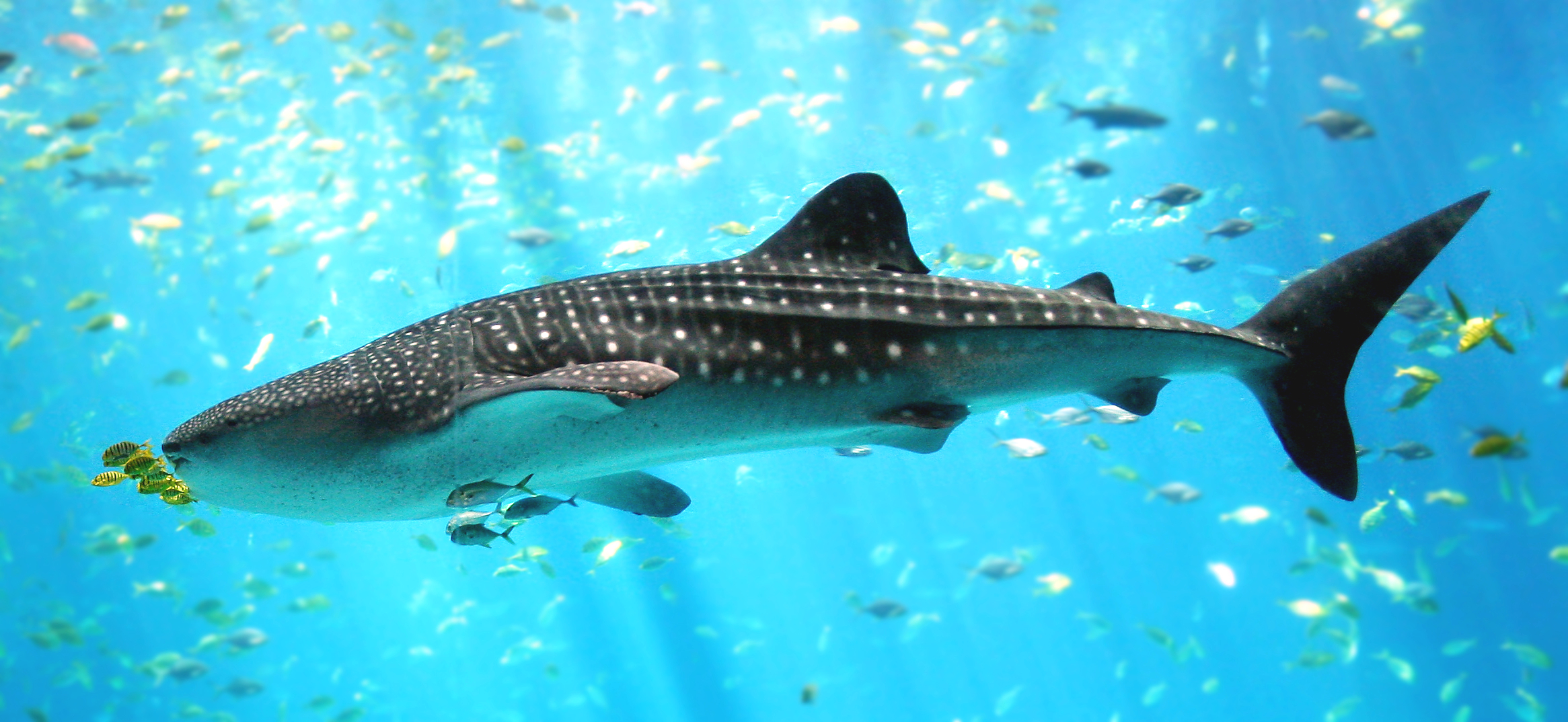Ok, ok, I know – in your Bible the fish is actually mentioned in chapter 1, verse 17. However, in the Hebrew text, chapter 2 actually has 11 verses, not 10, and begins with our 1:17. This actually makes more sense because it keeps the whole fish story in one section.
 That said, Jonah 2 has suffered more criticism than almost any other passage of the Bible. I mean, think about it – a person swallowed whole by a fish, staying alive for three days, then puked out on land ready to walk several hundred miles and preach! That’s ridiculous!
That said, Jonah 2 has suffered more criticism than almost any other passage of the Bible. I mean, think about it – a person swallowed whole by a fish, staying alive for three days, then puked out on land ready to walk several hundred miles and preach! That’s ridiculous!
As we have already seen in “Jonah (intro)“, we have several valid reasons to believe that this event literally happened as recorded. It contains historical names and places; Jesus used it as historical fact, and even drew a parallel to himself; and his listeners accepted it as fact when he referenced it.
The story itself is actually very short: After the Phoenician sailors threw Jonah overboard,
The LORD sent a huge fish to swallow Jonah, and Jonah was in the stomach of the fish three days and nights. … Then the LORD commanded the fish and it disgorged Jonah on dry land. (Jonah 1:17; 2:10)
That’s it – that’s the whole fish story. (Quite a bit shorter than I remember from Sunday School as a kid.)
There are only a couple of things that I want to consider in this chapter, and I’ll do it in two posts.
What about the fish?
I know, it seems crazy, but it’s actually physically, scientifically possible. The Hebrew phrase translated “huge fish” here is dag gadol. It actually means “huge fish”. The secret, though, is that dag refers to “fish animals” as opposed to land animals, sky animals, or humans. So basically it’s a generic word that can mean anything that lives in the sea. Another good translation, then, would be “huge sea creature” or “sea monster”. Whatever it was, it was big.
 There are at least a couple of sea creatures living today that could fit that generic description – sea creature with a big enough mouth to swallow a man whole (preferably without chewing or ripping him to shreds). اون لاين كازينو One is the sperm whale (from Moby Dick fame; picture at the top). It’s definitely big enough, but it could also chew him to death.
There are at least a couple of sea creatures living today that could fit that generic description – sea creature with a big enough mouth to swallow a man whole (preferably without chewing or ripping him to shreds). اون لاين كازينو One is the sperm whale (from Moby Dick fame; picture at the top). It’s definitely big enough, but it could also chew him to death.
A better option (from the creatures we can observe today) would be the whale shark (picture above). As a filter feeder, it sucks in huge amounts of water and filters it back out, keeping just the food in its huge mouth before swallowing. لعبة روليت مجاني It definitely has the capacity to suck a man into its mouth.
I found this quote on several sites (though I can’t find the source itself). It supposedly comes from an article by University of Maryland marine biologist, Eugenie Clark, in a 1992 National Geographic magazine:
“The whale shark’s unusual digestive anatomy lends itself to Jonah stories. It is easy to imagine yourself being inadvertently sucked into a whale shark’s mouth…
Sharks have a nonviolent way of getting rid of large objects of dubious digestibility they swallow accidentally. In a process known as gastric eversion, a shark can slowly empty its cardiac stomach by turning it inside out and pushing it through the mouth. bwin sport ”
It sounds a lot like the Biblical account of what happened to Jonah.
There seems to be a couple of important things to take away from this part of the story:
- Regardless of the type of sea creature it was, God commanded it to do something, and it did it. This is one of the things the sailors noticed – Jonah’s God could control nature. For them it was the wind and the sea; for Jonah it was the fish. Don’t forget that God’s plan and power are not limited by your circumstances.
- This also reminds us that God is creative. The old saying is that God works in mysterious ways. That’s true, but I prefer to remember it as God thinks and acts in ways that we can’t. Even when our situations seem completely hopeless, God’s plan and power are not limited by your logic or abilities.
Posts in this series:
